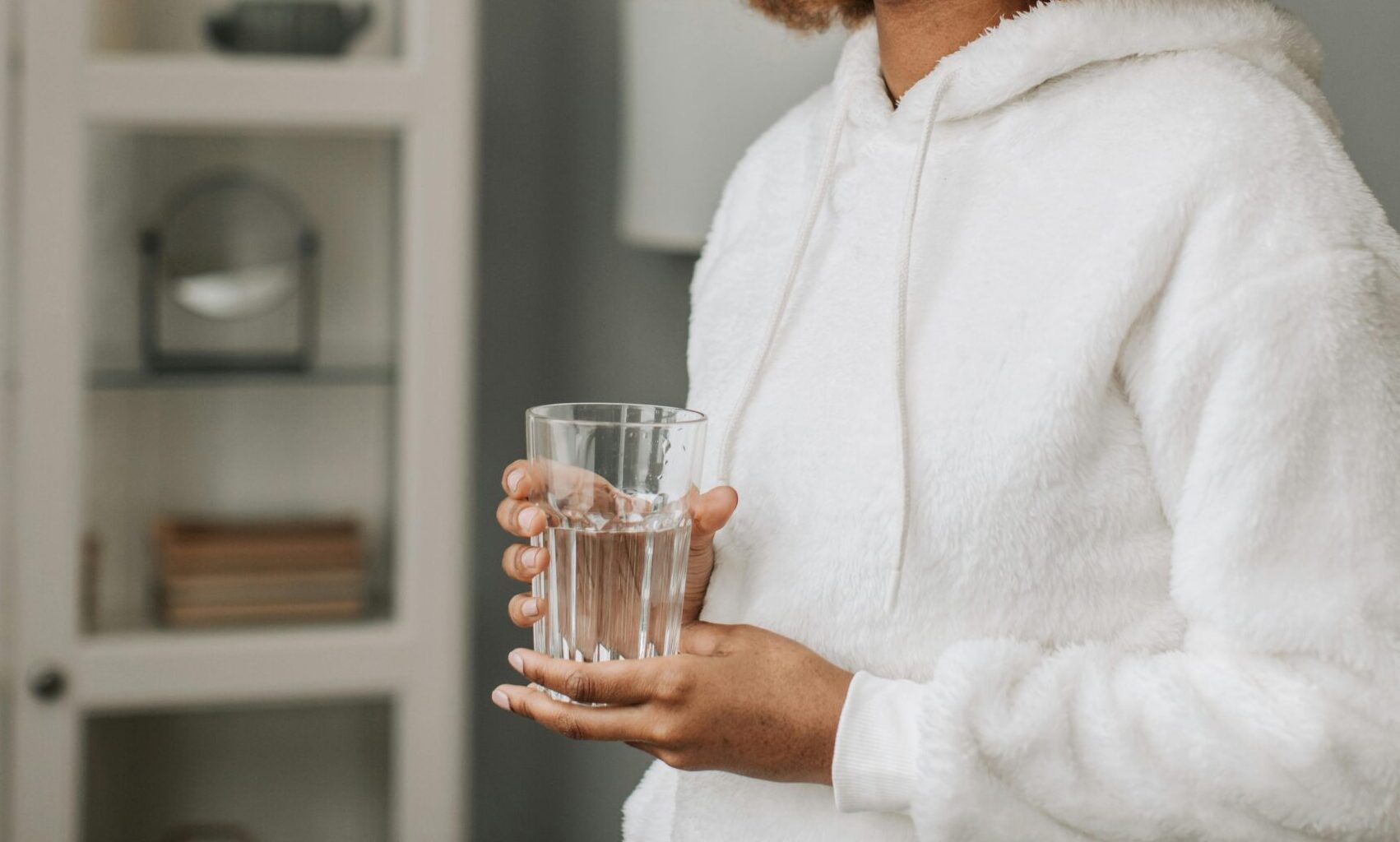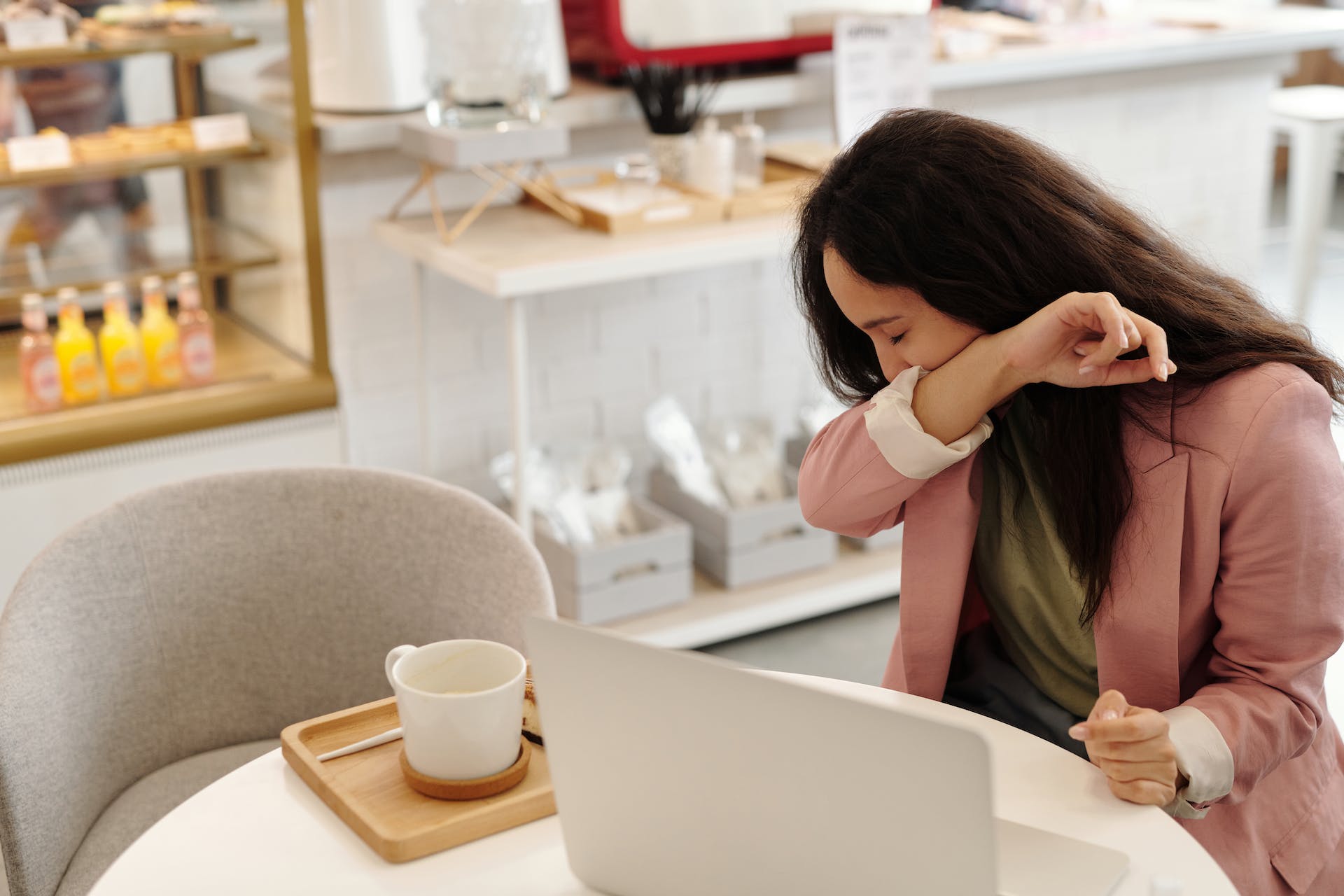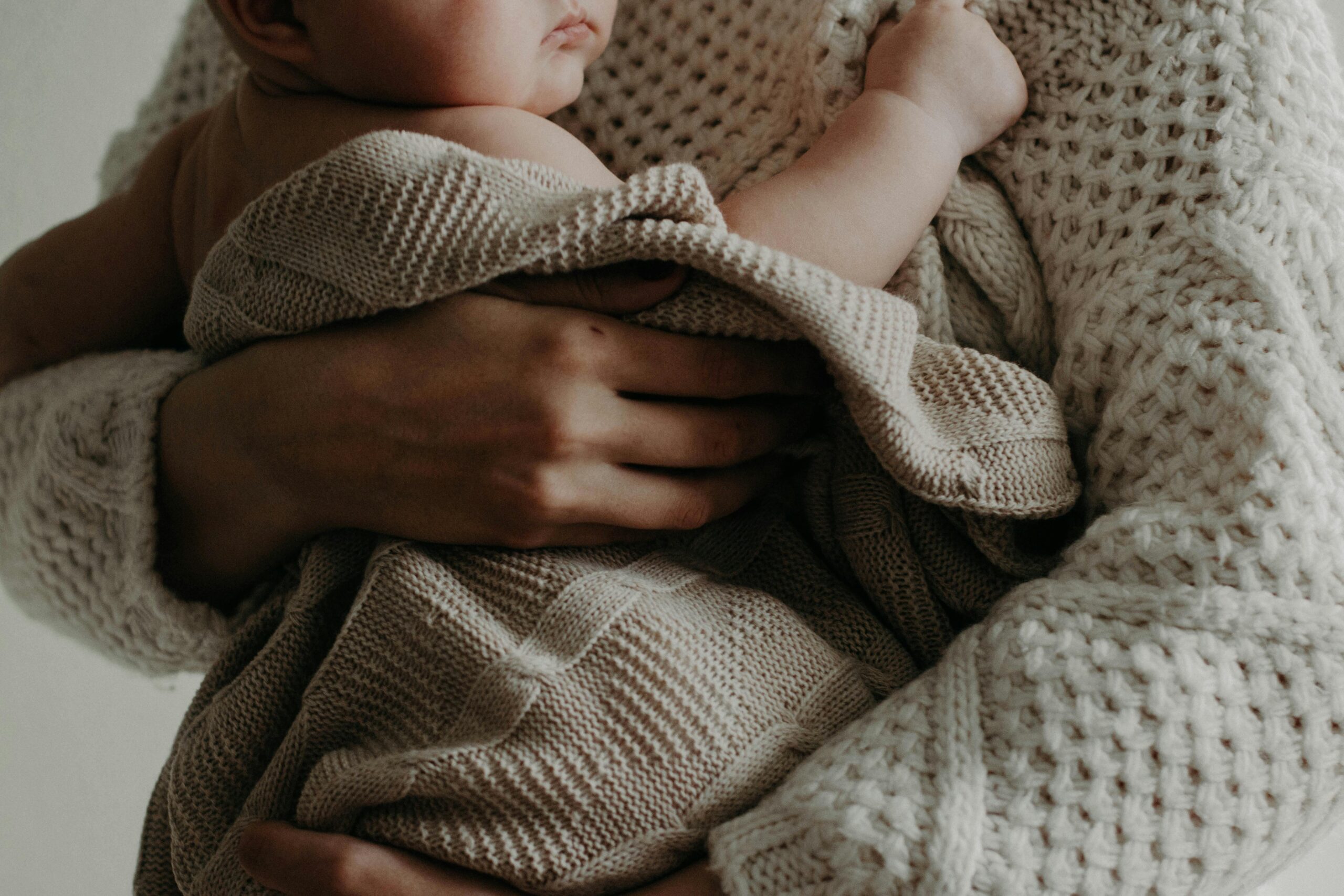Do you know where all the bathrooms are located in your favorite stores or along your walking route? Are you making frequent stops during travel, feeling the need to pee frequently during the day, or often going “just in case?” Do you avoid attending social events because you’re afraid you’ll have to pee or might leak if you get an urge? Do you avoid drinking water so you don’t have the urge to go to the bathroom so often to avoid leaking? If you said yes to any of those, you may be dealing with urinary urgency or a related issue, urge incontinence.
Why Do I Have The Urge To Go To The Bathroom So Often?
Too much water:
Urinary urgency and frequency is feeling the need to pee all. the. time. This may be due to a variety of factors. As you might expect, drinking too much water or other fluids can also contribute to urinary urgency. Your water consumption needs vary. It may change due to the weather (hot vs cold, dry vs humid), activity (exercise vs sedentary activities), certain medications, or various health conditions. Wondering how much water you should be drinking? Here are a few helpful hints:
- What color is your urine? Is it dark yellow? Increase your water intake.
- Is it pale, clear yellow? Your water intake may be just right.
- Is it totally clear? You may be drinking too much.
- Another method to determine how much to drink is to divide your weight (in pounds) by 2, that’s the number of ounces you should be drinking. For example, if you are 180 lbs, you should be drinking about 90 ounces each day.
- Participating in exercise activities? Add 12 ounces to the calculation above for every 30 minutes you work out.
Not enough water:
Maybe after reading the above information, you realize you are not drinking enough water or other fluids. In fact, you might realize you barely drink anything all day for fear of leakage or urgency. It may sound counterintuitive, but not drinking enough water can be just as problematic for bladder function. When enough water isn’t consumed, the urine going into the bladder is more concentrated, which can lead to irritation. The bladder then gives a signal to empty the concentrated fluid, even though the bladder might not actually be full. You may run to the bathroom expecting to urinate a lot, and then only a little bit comes out. The cycle continues as water is restricted, and then the brain and bladder adjust to this frequency.
When enough water is consumed, the urine is less concentrated. The bladder then stretches to accommodate more urine that isn’t so concentrated and irritating. Then when the bladder is appropriately filled, the brain gives the signal it’s time to get to the bathroom. Once you are on the toilet and relax the pelvic muscles, the bladder contracts and empties more completely.
What you drink:
Certain drinks and foods can also affect the bladder and may cause you to feel the urge to go to the bathroom more often. Caffeinated beverages are commonly an issue, as are carbonated beverages (soda/pop, seltzer water), alcoholic beverages, acidic foods and drinks, and spicy foods and drinks.
Bladder limitations:
Another factor contributing to urgency and frequency may be due to the bladder’s ability to expand well. Anyone who has had abdominal or pelvic surgeries may have limitations in how well the tissues move in the lower abdomen, around the bladder, or pelvic floor. Pelvic muscle tightness can also give someone the sensation of needing to pee, even though the bladder isn’t actually full.
Problematic training:
“Just in case” voiding habits are also problematic. A patient recently called this the “opportuni-pee.” Going to the bathroom every time you leave the house, or before every walk or other activity, even when you don’t have to, trains the brain and bladder. This means you will get the signal for the need to pee before the bladder is appropriately filled. While there are times it may be appropriate to void “just in case”, learning to allow the bladder to fill more and go longer between voids is an important way to address this issue.
Urge Incontinence:
Getting that sudden urge to pee and then leaking? That is urge incontinence. We commonly hear people tell us they start to leak when they put their key in the door, or when they walk into a bathroom (but before they are on the toilet). Sometimes, just turning on the faucet, or putting hands in water is enough to trigger an urge. There are techniques you can learn to help stop the leakage and be in control of the bladder.
The above examples demonstrate how common urinary urgency and urge incontinence may be, but it doesn’t mean that these things are normal. Sure, having kids, the aging process and injuries or surgeries may play a role in these issues, but you don’t have to settle for continuing to experience urgency and leakage.
How Can My Urgency Be Treated?
So, how can physical therapy help? As physical therapists who specialize in pelvic health, we look at all the factors that may be contributing to your symptoms and develop a plan unique to you, so you can regain control of your urgency and frequency. This will involve a detailed discussion about your symptoms, medical history, medications, and daily activities. It’s also important for us to watch how you move, assessing breathing, hip and pelvis mobility, and pelvic muscle function. We also need to learn what you eat and drink and how often you pee, helping you identify your “triggers.” Once we have all the information, we will work with you to create a plan to help you get back in control and back to enjoying your life without urinary urgency and leakage.
If any of this sounds familiar and you think you may be dealing with urinary urgency or urge incontinence, give us a call or send us a message today to see if physical therapy is the next step in regaining control over your bladder and your life!




